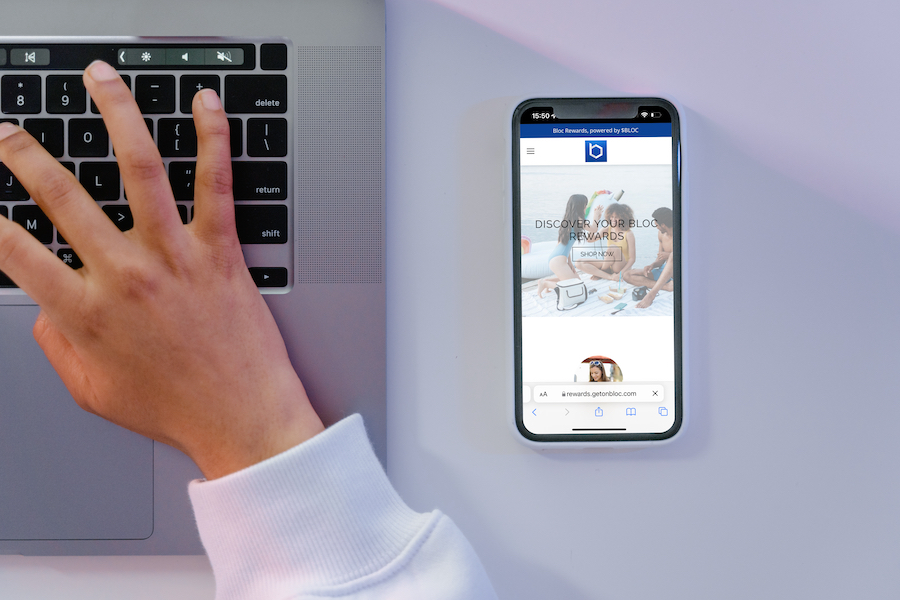Bar Floor Plan – Best Practices for Maximising Drink Sales
A bar floor plan, often starting as simple sketches on paper, evolves into a critical strategic asset.
Designing an eye-catching and aesthetically pleasing bar space involves far more than just selecting materials and décor.
It’s about creating an intuitive experience.
From the initial welcome to the final drink, a thoughtful design minimizes friction, boosts comfort, and drives profitability.
But how do you translate these principles into a practical layout?
Here is everything you need to know to optimize your bar’s floor plan for maximum sales and an exceptional customer experience.
How to design a perfect bar floor plan to increase revenue:
1. Importance of a bar floor plan and layout
2. Optimizing workflow and customer experience through a well thought out bar floor plan
3. Smart layout and zoning
4. Strategic equipment placement
5. Welcoming entrance and customer flow
6. Seating and comfort
7. Storage and inventory management
8. Ambiance and aesthetics
9. Beyond the bar floor plan – expand your reach with Bloc
10. Why is a bar’s floor plan so important for sales?
11. How can a bar’s floor plan be designed to accommodate future changes?
12. How can technology enhance a bar’s ambiance and sales?
1. Importance of a bar floor plan and layout
The floor plan is the functional blueprint of how things will actually operate in different areas of space, and bars are no exception!
The impressive $98.57 billion nightclub market is not just about selling drinks.
Instead, it provides an immersive experience, a vibrant atmosphere, and memorable moments.
A well-planned and sought-after bar floor plan is essential to achieve this.
Think of it as the master plan of your business. It figures out everything from how quickly a bartender can mix a cocktail to how easily a customer can navigate to the restroom.
Ultimately, this plan influences how long customers stay and how much they spend.
2. Optimizing workflow and customer experience through a well thought out bar floor plan
Optimizing your bar’s floor plan combines practicality and design to create highly efficient and welcoming functional spaces.
Here, we have outlined some key best practices for you to achieve this.
These tips and strategies will help you maximize your drink sales and provide an exceptional experience for every patron.
3. Smart layout and zoning
Ask any architect or interior designer about the most crucial stage of design, and they will reply: zoning.
This vital process involves dividing your total space into distinct, purposeful areas.
The size and shape of your establishment will largely dictate your bar’s space configuration.
Your bar’s configuration can take several forms, each with distinct advantages.
For instance, a linear plan is efficient for smaller spaces or quick service.
Alternatively, you might opt for a U-shaped bar, which promotes interaction and allows serving from three sides, or a circular layout, creating a central focal point with high visibility.
A curvilinear design offers a more intimate and flowing ambiance.
Proper zoning then allocates specific functions to these areas.
This includes the main bar for drink preparation and serving, back-of-house areas like the kitchen for food prep, dishwashing stations, and staff break areas.
4. Strategic equipment placement
Once you have mapped out your bar’s zoning, it’s time to put things into place.
Having the right bar layout dimensions helps bartenders avoid bumping into things, which minimizes errors and speeds up service.
It also has a deep impact on customer service, as efficient bartenders mean quicker drinks and more attentive interactions.
Here is how to ensure optimal equipment placement:
– Bar Height: A commercial bar should ideally be 42” to 45” high. This range is considered ideal for the average person (around 5’ 4” or 64.8”) and allows comfortable interaction.
– Ice Bin: Position the ice bin neatly beneath the bar at an ideal height for scooping, and quick access.
– Glassware: Keep bar glasses on the back bar shelf, not higher than 72” (6 feet) to ensure easy reach for staff.
– Sinks: A hand sink and a three-compartment sink should be installed close by for hygiene and quick washing.
Quick test for your planning:
Can a bartender make a cocktail without taking more than 3 steps? If yes, you are on the right track.
5. Welcoming entrance and customer flow
A welcoming entrance and appropriate circulation are integral to a bar’s success.
The bar itself should hold a centralized position in the entire space.
This makes it easy for anyone who walks in to know exactly where to go.
Strong visual cues prevent customer confusion and encourage immediate engagement with the bar area.
Optimize your bar’s floor plan for smooth circulation and customer flow.
Ideally, 25% to 40% of any bar space should be dedicated to circulation, allowing guests to move freely without feeling cramped.
A design cluttered with unnecessary equipment can restrict movement and create bottlenecks.
This can discourage people from staying longer and will impact your sales and customer experience.
6. Bar seating and comfort
The goal of your seating arrangement is to let customers comfortably sit, unwind, engage, and enjoy their drinks.
Offer diverse options that cater to different preferences and maximize your space’s appeal and profitability.
Here are a few key considerations for a customer-centric arrangement:
– High-top tables with stools: An excellent option for solo drinkers and lively groups that encourage both mingling and casual interaction. They can be easily moved to accommodate varying party sizes or for impromptu standing rooms.
– Lounge areas: Create intimate, relaxed zones with plush seating. These areas are ideal for longer stays, deep conversations, or for people seeking a more private experience away from the main bar buzz.
– Flexible and niche seating: Experiment with creative restaurant ideas and incorporate smaller, perhaps two-person, tables near windows. It is best for people who prefer a sense of community and encourage new connections.
7. Storage and inventory management
Storage and inventory management are not just about tidiness, but fundamental to a bar’s floor plan.
It decides different aspects like where drinks are refrigerated prior to service, and whether the bar team has access to clean glasses throughout the service time.
Small decisions like these help you prevent stockouts, reduce waste, and allow bartenders to focus on serving customers quickly.
8. Ambiance and aesthetics
While not exactly a part of the physical floor plan, the ambiance and aesthetics of your bar hold immense importance from a customer perspective.
It is the sensory experience that compels people to stay, order more, and return.
Layered lighting (ambient, task, and accent), for example, can set the mood, highlight features, and even change throughout the night.
Beyond traditional decor, the latest nightclub technology is transforming the bar spaces.
Think virtual reality (VR) experiences that transport customers to different worlds, or immersive projection mapping that transforms entire walls.
These innovations actually create the “moments” you are selling.
9. Beyond the bar floor plan – expand your reach with Bloc
A bar’s floor plan is the foundation for success, deciding efficiency, atmosphere, and ultimately sales.
Focus on smart layout, strategic equipment placement, diverse seating, and optimized storage, to create a physical space that thrives.
Beyond the floor plan, you also need a digital partner that can amplify your reach and attract more customers.
At Bloc, we have all the tools to grow your business.
From digital advertising and expert PPC campaigns to highly targeted marketing strategies, we make your business stand out in the crowded digital world.
10. Why is a bar’s floor plan so important for sales?
A well-designed floor plan impacts how efficiently staff can serve drinks, how comfortably customers move and sit.
All of these factors impact how long they stay and how much they spend on drinks.
11. How can a bar’s floor plan be designed to accommodate future changes?
Try incorporating flexible seating arrangements, movable furniture, and versatile zones.
These spaces can be reconfigured for different group sizes or special events like private parties or live music.
Planning for easy access to utilities and ample storage also contributes to future-proofing your space.
12. How can technology enhance a bar’s ambiance and sales?
Integrating technology like virtual reality experiences, immersive projection mapping, and interactive bar tops can transform a bar’s ambiance.
Additionally, integrating POS systems with inventory software provides crucial data for menu engineering and efficient stock management.











